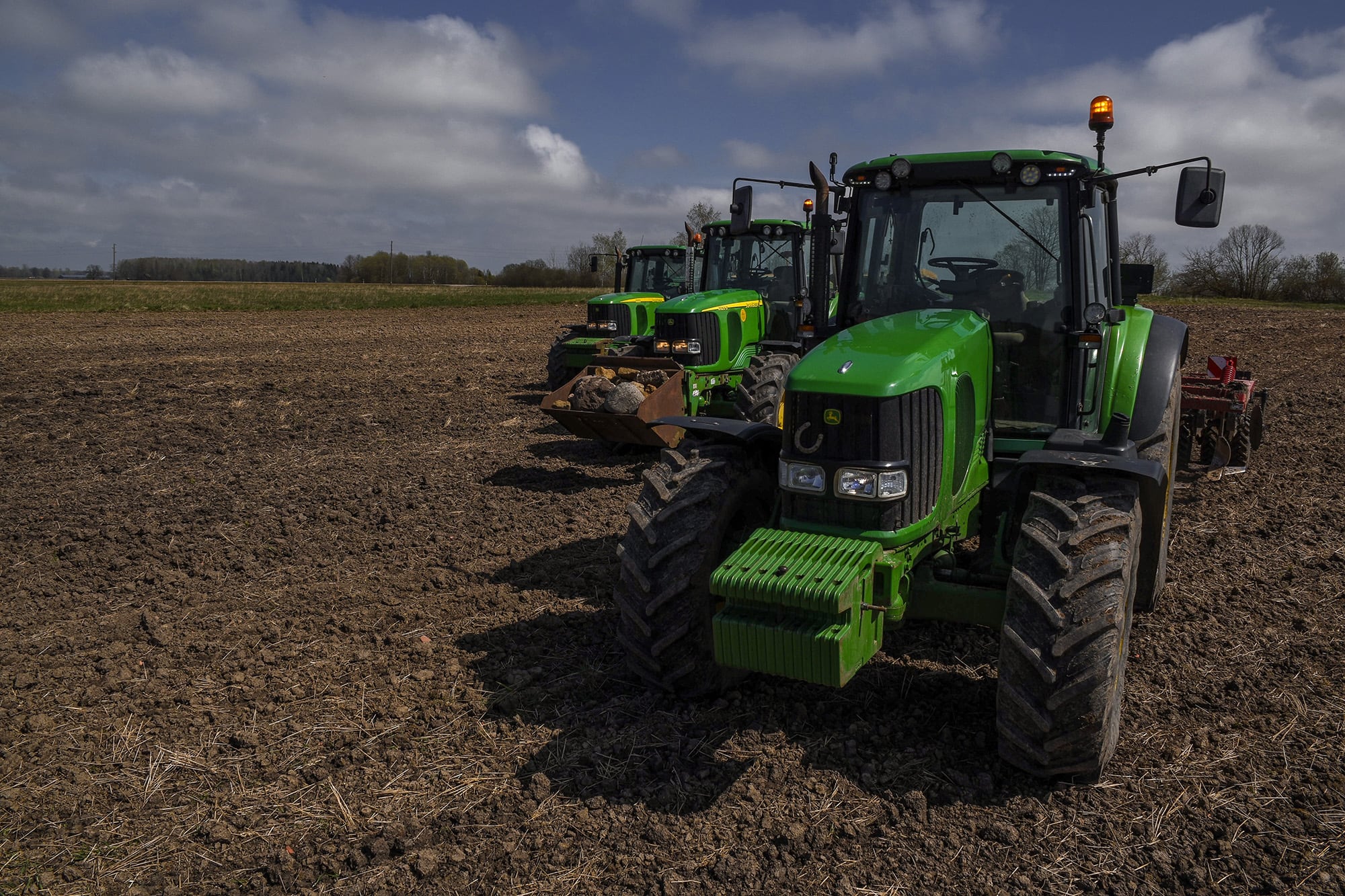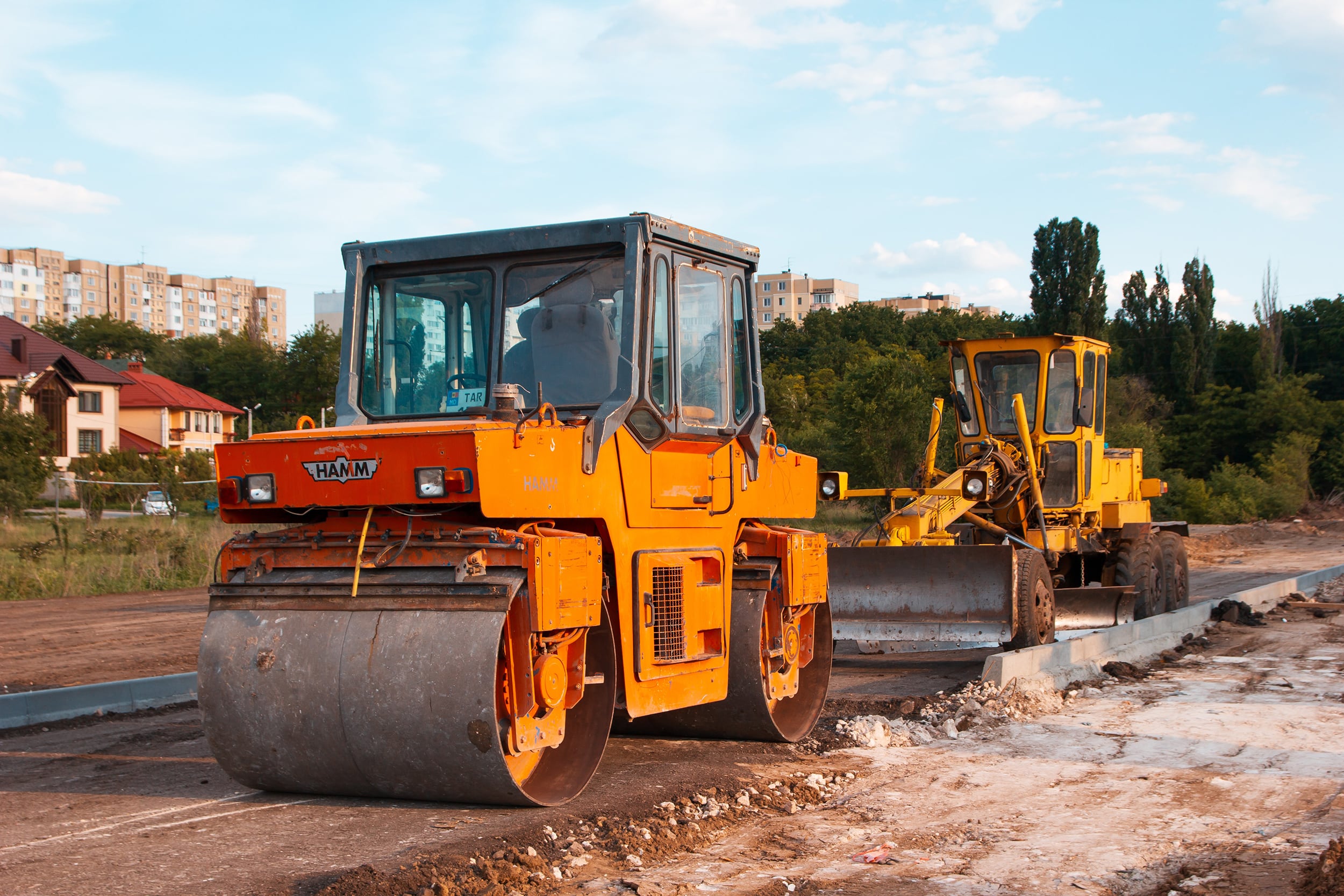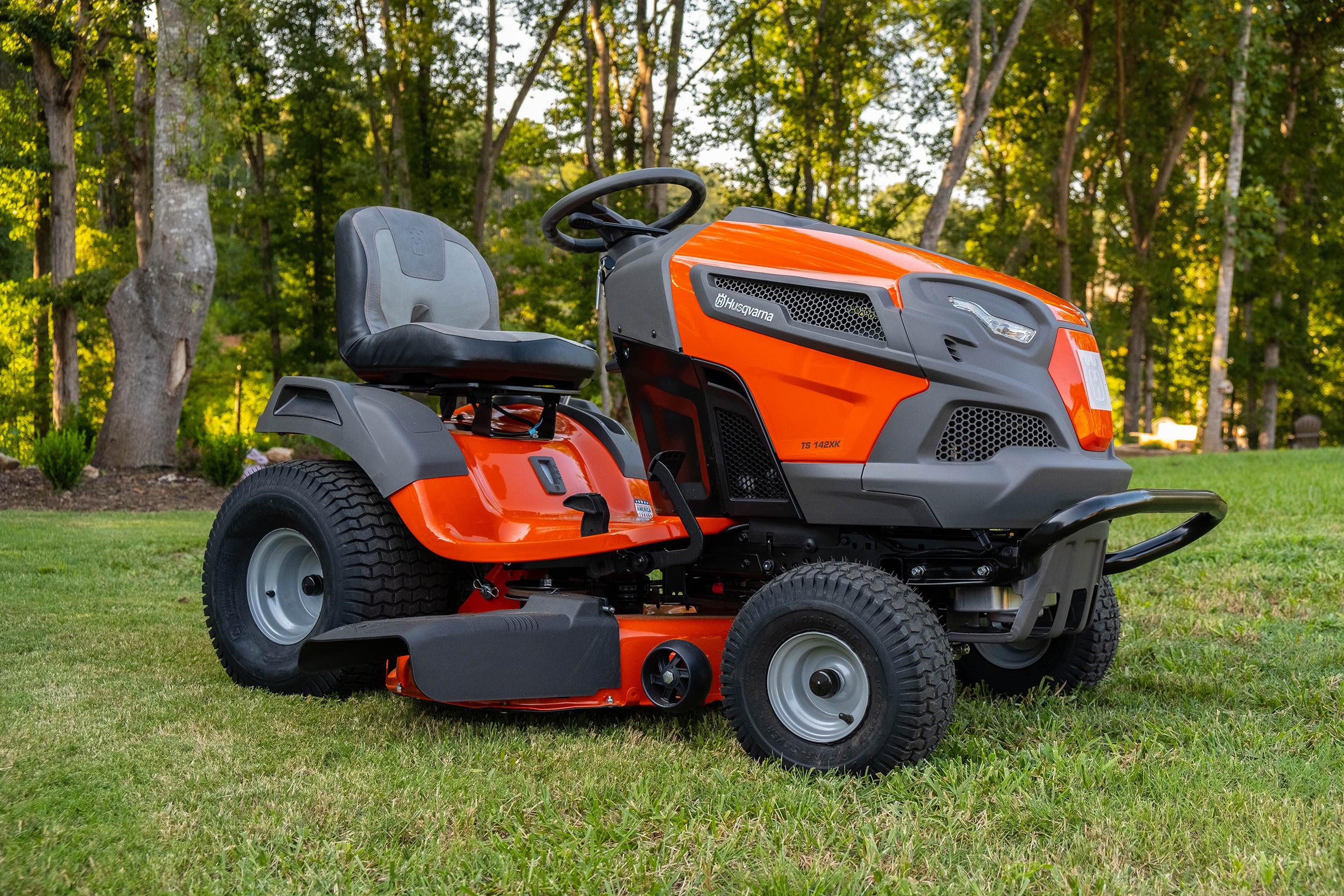Mastering Grease NLGI Ratings: H1 Food Grade Ratings & Grease Gun Usage

One of the biggest hurdles faced by manufacturers is finding and training maintenance personnel. As technology has advanced and more and more people are convinced to go to 4-year colleges over trade schools the shortage of mechanics and maintenance personnel has only gotten worse.
Many businesses are now looking at cross-training workers to perform maintenance on their machines. The problem—most people have a minimal background in maintenance tasks like greasing, oiling, and general lubrication.
To aid with cross-training and lubrication training in general we put together this quick hitlist for people new to greasing (you’re welcome).
Mainly we are going to focus on types of grease, loading a grease gun, and greasing frequency.
Types of Grease and What Do Grease Ratings Mean?
First things first. You need to know what grease is made of:
- 70-90% by weight is base oil. Base oil is the actual “oil” in the grease and can be Mineral, Synthetic, and Semi-Synthetic.
- 3-30% of grease by weight is the thickener. The thickener is basically what holds the oil into a semi-solid paste. You can think of the thickener as a sponge that holds the oil. There are many kinds of thickeners, and each will have different pros and cons. In order of popularity, they are Lithium, Calcium, Polyurea, Aluminum, Barium, and Bentonite. Please note that each type of thickener has several different subgroups, for example, lithium thickeners include lithium sulphonate, lithium complex, and lithium stearate.
- 3-10% by weight is additives. Additives are the workhorse in a grease product. They are responsible for a grease’s ability to handle pressure, and high temperature, and prevent wear. The grease industry is not creative so look for a HT rating for High Temperature Grease and EP ratings for Extreme Pressure Grease. EP-2 is a very common grease for manufacturing plants. You can see the rating in a grease name, for example, AirTec G200 EP NLGI-2 is a very high performing EP-2 grease. (We will tackle NLGI ratings later.)
- 0-10% of grease by weight can be solid additives. Ever hear of moly grease? Moly is a very common grease with solid particulate in it that helps protect against wear at extremely high pressures. AirTec MOS2 is an example of a moly grease that contains 5% moly particles. There are other solid additives such as PFTE or Micro Ceramic. Micro Ceramic is the highest-performing solid additive for pressure, temperature, and wear protection. A common ceramic grease is AirTec LI400 which is fortified with German-engineered Micro Ceramic Particles.
AirTec Grease: G200 Multi-Purpose Plus
AirTec’s G200 Grease is a premium multi-purpose grease. It features a calcium sulfonate complex thickener, EP additives, and a heavier base oil than most multi-purpose greases.
shop nowOk, That’s What Grease is Made Up of, but What Does Nlgi Mean and What is Nlgi-2?
NLGI stands for National Lubricating Grease Institute, and you would be correct to say that is an awkward name for any organization. However, the NLGI dictates many different standards to help classify greases, the most common is the NLGI rating.
NLGI ratings are consistency ratings and range from 000-6. NLGI-000 is a very fluid grease like cooking oil and NLGI-6 grease has the consistency of a nice, aged cheddar cheese. By far the most common grease used is NLGI-2, aka peanut butter (no nuts) consistency.
What About NSF H1 Ratings?
NSF stands for National Sanitation Foundation, a slightly cleaner, crisper name compared to National Lubricating Grease Institute. H1 is a certification that the grease has passed all the NSF requirements for the grease to be used in manufacturing plants where the grease can “Incidental, technically unavoidable contact with a food product up to 10ppm”.

In short, H1 is an FG or Food Grade rating. It is not rated for use in food but can be used on equipment that handles food products.
A great NSF H1 registered product is AirTec KH150-FG. A full synthetic grease with a calcium thickener, EP additives, HT additives, AND an NSF-H1 rating.
Enough with Grease, How Do You Load a Grease Gun?
The first thing you need to know is that there are two kinds of grease guns. We are going to talk about one system, the Lube-Shuttle® System. Lube-Shuttle® was designed to eliminate all the headaches common with standard grease guns and has gone a long way in making greasing easier for all people, especially those new to greasing.
Loading a Grease tube is as simple as 1, 2, 3. Here’s the proof:
- Take the cap off the tube of grease.
- Press on the rear follower plate in the grease tube until ¼ inch of grease is sticking up past the threads of the grease tube.
- Thread the tube to the grease gun and start greasing.
Here’s a video.
Lube-Shuttle® is an extremely versatile greasing system. It can be used in calk guns, auto greasers, and spray greasers, but the best part is NO MESS, NO WASTED GREASE, NO DOWNTIME.
For comparison, here is an old style vs. a Lube-Shuttle® grease gun.
Final Words!
Greasing is one of the most important jobs in all of maintenance, it is crucial to keeping the equipment running smoothly and preventing expensive breakdowns. Therefore, it is important to know the basics, but also to study up on each machine and read the operator’s manual so you know what grease is required. If you have questions give the manufacturer a call or you can contact us at 833-366-6377. Remember when it comes to greasing—Your machine’s life is on the line.











